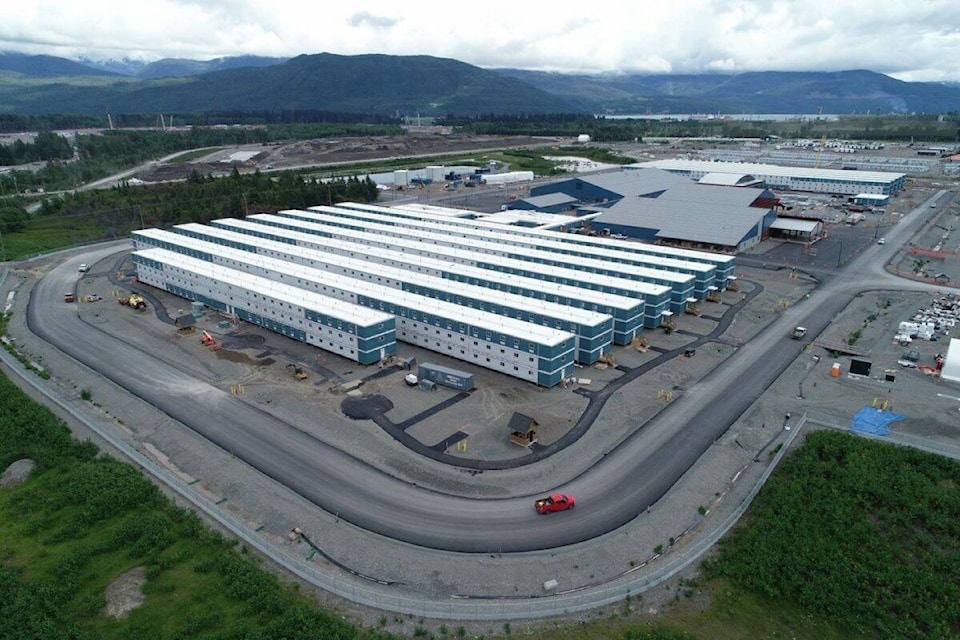An Indigenous group is demanding the Liberal government change its emissions cap policy and consider the economic impact on Indigenous communities.
The Indigenous Resource Network (IRN) is questioning the policy announced in July 2022 meant to reduce emissions from the Canadian oil and gas sector by 42 per cent by 2030.
The group believes the economic autonomy of Indigenous groups was not properly considered.
“We feel that we have been left behind,” said Robert Merasty, IRN executive director.
“This emissions cap would be very harmful to Indigenous communities that have successfully pursued ownership in oil and gas projects, and to the thousands of workers and businesses engaged in the sector.”
The Indigenous Resource Network is an independent, non-profit organization that advocates for Indigenous entrepreneurs, businesses and workers engaged in the resource development sector.
The government’s plan cites is continual consultation of Indigenous groups in the development of the policy, including the use of a “First Nations Climate Lens,” that seeks to “challenge conventional conceptualizations of First Nations as ‘vulnerable’ populations and the ‘passive recipients’ of climate impacts,” according to a government statement.
MORE NEWS: Cops for Cancer cyclists ride 850 km for childhood cancer research, support services
Despite this, the IRN believes the cap would endanger Indigenous investments in oil and gas, including Cedar LNG in Kitimat and many of the projects the Haisla First Nation is involved with.
The sector provided an estimated 10,400 jobs in 2020, and Indigenous employment in the oil and gas sector has risen 20 per cent since 2014.
Additionally, oil and gas companies spent more than $2.6 billion on procurement from Indigenous businesses in 2019—up from $1.5 billion in 2017. More than 250 Indigenous-owned services and other businesses were active in Canada’s oil and gas sector.
“We are finally becoming owners of projects in our own territories, yet this policy seeks to restrict that,” said Merasty. “This is taking us a step backwards in reconciliation.”
Walking the line between economic autonomy and climate concerns has proven difficult for the federal government in the past.
The Indigenous Resource Group compared the emissions cap policy to the Impact Assessment Act, which gave the federal government more jurisdiction over major resource projects, and was ruled unconstitutional by the Alberta Court of Appeal.
“Restricting what Indigenous peoples are permitted — and not permitted — to do of their own accord smacks of paternalism,” the court ruled.
The group suggests focusing efforts on global emissions by supplying liquified natural gas to Asian markets to reduce their reliance on coal, something that they say can be Indigenous-led.
Furthermore, the group says that the energy crisis disproportionally affects Indigenous communities. “It is already a struggle for the average Indigenous household to afford food, shelter and utilities. The energy crisis is becoming a poverty crisis in our communities.”
editor@interior-news.com
Like us on Facebook and follow us on Twitter
